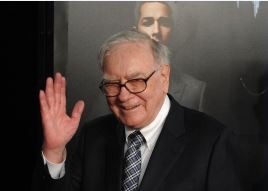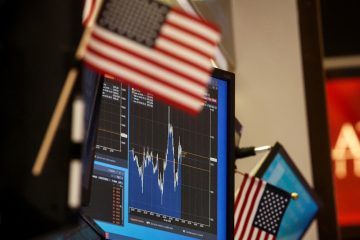Decoding Buffett’s Famous Quotes

Most of us can recite most of Mr. Buffett’s famous investment-related quotes. I have constantly kept reminding myself of his wonderful quotes. However, earlier in my investment career, I realized that the fact that I can recite those quotes adds very little value to my investment skills because I didn’t go a step further and ask the question why and what experiences taught Mr. Buffett these lessons. Being a slow learner, it took me a while to grasp the power of what I call “decoding Mr. Buffett’s bites.” In this article, I’d like to share with the readers the approach I adopted in order to get a deep understanding of Mr. Buffett’s investment wisdoms. Although it has worked well for me, I cannot guarantee that it will work well for you.
Let me use one of my favorite quotes as an illustration:
“It is far better to buy a wonderful business at a fair price than buying a fair business at a wonderful price.” – Warren Buffett (Trades, Portfolio)
If we step back and think about it, the above quote is just a conclusion. Anybody who follows Mr. Buffett knows this conclusion. But why is that and how did Mr. Buffett come to this conclusion?
The answers came to me when I was reading Snowball for the second time during 2013. Earlier in Mr. Buffett’s career, he bought a windmill company called Dempster Mill. You can find the details of the story in Snowball but the short version of it goes something like this – Dempster Mill was selling at a price much lower than its tangible book value at the time Mr. Buffett bought it. The business was deteriorating rapidly and hemorrhaging cash at a dangerously fast speed. Much sooner than Mr. Buffett had expected, the business was facing real possibility of bankruptcy and Mr. Buffett had put a substantial amount of the partnership’s money in it. To Mr. Buffett’s rescue, Charlie Munger (Trades, Portfolio) knew a turnaround expert who was later hired by Mr. Buffett to turn the business around. Mr. Buffett paid him handsomely to relocate and finally the expert turned the business around. In the end, Mr. Buffett made a ton of money out of this investment but the outcome could have been very unpleasant had the turnaround did not work. This is an instance of buying a fair business at a wonderful price. I wonder what would Mr. Buffett’s results on this particular investment be had he held Dempster Mill for a much longer period of time.
Later on in Snowball, as Mr.Buffett moved on from the 1950s to the early 1960s, as we all know, he bought Disney and American Express at wonderful prices due to temporary hiccups in the business, which made their stocks plummet. What would happen if you bought American Express’s stock the day before Mr.Buffett bought it and held it all the way through today? If Mr.Buffett paid a wonderful price on the day American Express’s stock sank like a stone, then you probably paid fair price, or more than the fair price the day before. It turned out that over a long period of time, your compounded annual rate of return on American Express (AXP) would have been only 0.1% worse than Mr. Buffett even though you paid a much higher price. And we know Mr. Buffett has done extraordinarily well with his American Express investment. This is the power of buying a wonderful business at a fair price.
After we know the experiences that shaped Mr.Buffett’s preference for wonderful businesses over fair businesses, the next step would be asking us the question why that is. And of course the answer is over a long period of time, stock return mirrors the growth of business fundamentals. Wonderful businesses are able to compound the fundamental of the business at a wonderful speed, which in turn results in a wonderful compounding of the stock prices. Therefore, the fair price you pay today will almost always look like a bargain price a few years out in the future. On the contrary, if you buy a fair business or a lousy business, there is real danger that business fundamental will deteriorate year over year and naturally so should the stock price. The wonderful price you pay today will look like a ridiculously expensive price a few years out. Look at what happened to Radio Shack (RSH), Weight Watchers (WTW) and JC Penney (JCP). By the way, this should remind you of another Mr. Buffett’s quote –“time is the friend of a wonderful business and the enemy of a lousy business. ”
Now to step up the game, it is time to come up with your own version of Mr.Buffett’s bite. Here is my version for your amusement:
“It is far better to buy a wonderful business at a fair price than buying a fair business at a wonderful price because wonderful businesses can compound their intrinsic values over time, while fair businesses face the peril of deteriorating fundamentals over time. Fair price may look like a bargain and wonderful prices may look awfully expensive a few years out in the future.”
Let me end this article with a challenge to the readers – decode the following wisdom from Mr. Buffett.
“A good business earns high return on tangible assets. A great business not only earns high return on tangible assets but also grows.”

